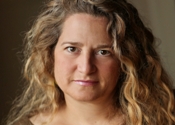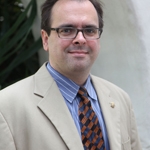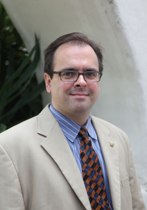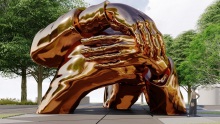
Nadine Wasserman
Public Art Projects from Concecption to Installation
Posted by Jun 15, 2013

Nadine Wasserman
As part of the Annual 2013 Americans for the Arts National Conference, the Public Art Network (PAN) Preconference, presents the opportunity for public art professionals to explore all aspects of their field from invigorating communities to behind-the-scenes negotiations such as planning, fund raising, and working collaboratively with artists, architects, engineers, fabricators, city planners, and so on.
Like any worthwhile artistic production, good public art requires delicate negotiations, collaborations, and most importantly flexibility and adaptability. One of the many panels at PAN this year took a look at how the end result can often be very different from the initial prospectus. The panel, titled “Between the Lip and the Cup: How Projects Change from Initial Process to Final Installation,” was made up of four different professionals: Cath Brunner, Director, Public Art 4Culture, Seattle, WA; Stacy Levy, artist, Sere, Ltd., Spring Mills, PA; Natalie Plecity, Landscape Architect, Pittsburgh, PA; and Janet Zweig, artist, Brooklyn, NY.
The panel used examples to demonstrate how changes and unpredictable circumstances are inevitable at all phases of a project but they can be successfully managed in order to create the “best” outcomes for all stakeholders.
Ms. Zweig talked about two of her projects. One was for Maplewood, a neighborhood in St. Louis. Her first proposal to create a digital sign proved cost prohibitive so she revised her plan. In the end her signs were made of recycled materials taken from bungalows that were scheduled for demolition in the neighborhood. One of the signs was intentionally installed backwards so that drivers passing by could read it in their rearview mirrors. Serendipitously, it was this aspect of the project that created a buzz and got the neighborhood the recognition it was seeking.





 Liesel Fenner
Liesel Fenner





















